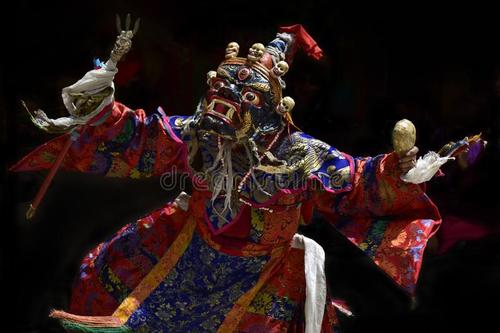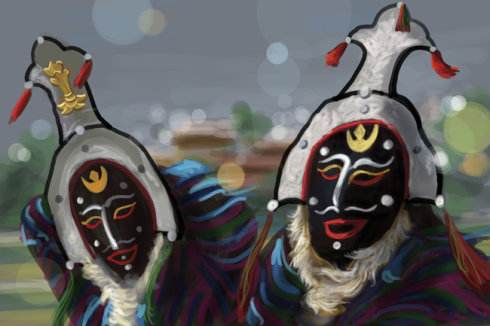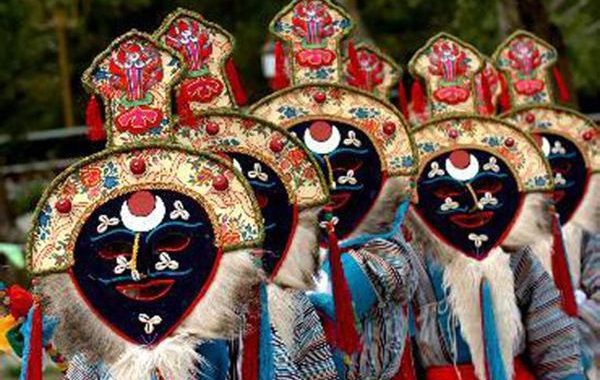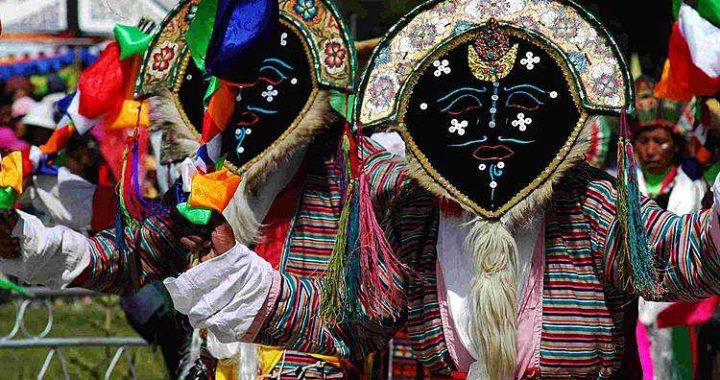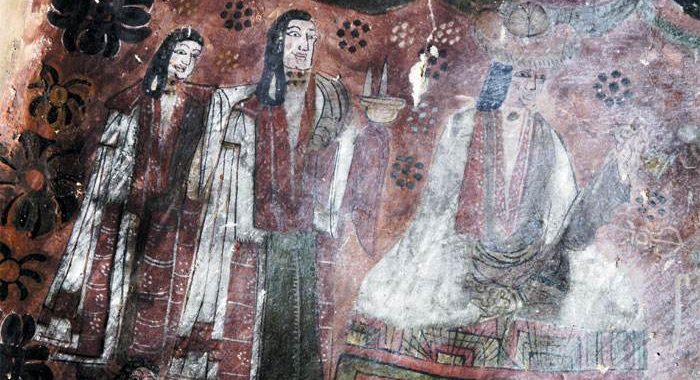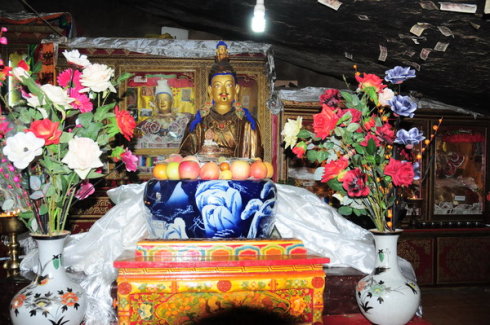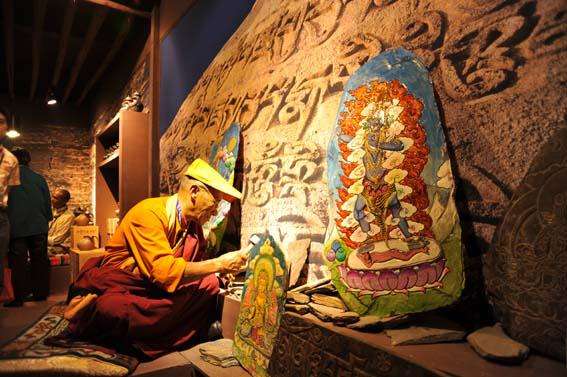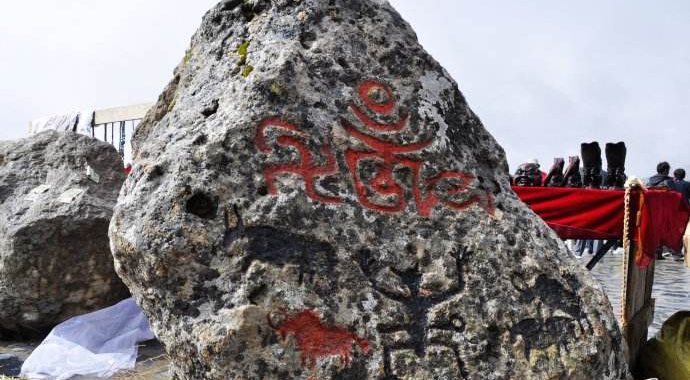MANI STONE CARVINGS
2 min readMani stone art is the most popular Tibetan stone carving art with the most Tibetan characteristics. Mani stone carvings appeared in Tibet before the dissemination of Buddhism in Tibet in the 7th century. They bear the adoration of the Tibetan people for nature and their early religious beliefs. The art was passed down from generation to generation and Mani stone art serves as a carrier of the spiritual life of the Tibetan people as well as a living fossil demonstrating local art.
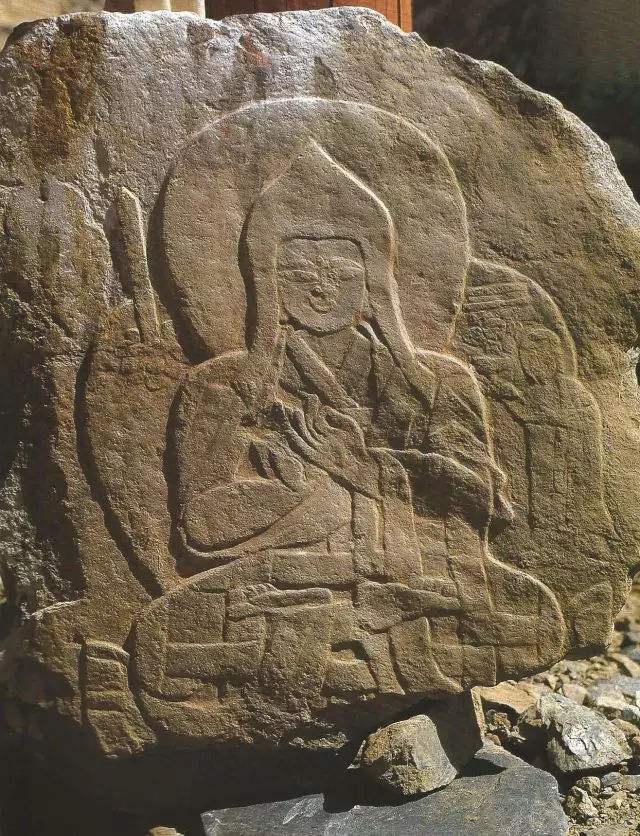
Tibetan Mani stone art has various forms. In the Ngari Prefecture in the west, it is usually found on white pebbles, while painting-like and line carving techniques were used to make it. It is mainly about Buddha statues, showing a relatively rational creation psychology. Modern Mani stone art is mainly seen at the holy Gangrenboqin Peak. The carvings are mainly about Buddhist mantras and scriptures. Mani stone art in central Tibet boasts of academic features and randomly selected stone materials,most of which are shale of different textures, black crisp and hard ones, or grayish green and soft. The stone pieces were not deburred or polished.
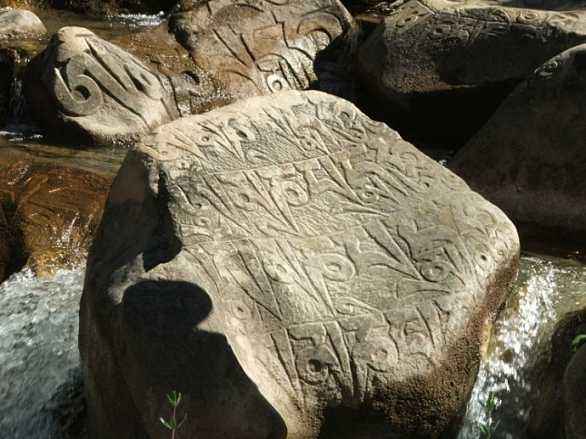
The works show free design and carving. They are mainly statues of Buddhist figures, including the Buddha, Bodhisattva, founders of Buddhist sects and Mahasiddha, featuring precise modeling and vivid characterization. In addition, there is also a whole system of carvings about dharma and supernatural powers, which have the most interesting content compared with other Mani stone carvings, boasting vivid andmonstrous images indicating the imagination of the craftsmen. These themes were once very popular among the craftsmen. There are rare works about the Couple Cultivation Vajracchedika Sutra, the Dakini of the Vajrayana and Mandala, but all of those left are masterworks. There is a Mani stone tower near the cliff carvings at the Yaowang Mountain of Lhasa. The pyramid-shaped tower was built with shale carved with Buddhist scriptures and surrounded by embedded Buddhist statues, forming a complete system. There are more than 1,000 elaborately carved Mani stones, presenting a splendid sight.
